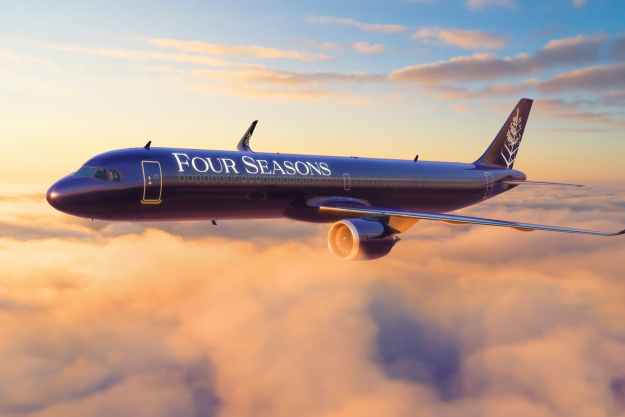Modern Nomad is a weekly column dedicated to mobile gear, must-see world destinations, tips for life on the road, and traveling better through technology.
The clock is ticking on a handful of states to update their driver’s licenses to stricter federal security standards under the decade-old REAL ID Act. Per Department of Homeland Security (DHS) requirements, residents of states with noncompliant licenses will soon need to present an alternative form of identification to TSA to board a plane. Here’s everything you need to know to keep flying.
What Is REAL ID?
In 2005, in response to increased terror threats, the REAL ID Act was codified as a list of standards for personal identification. Under the new law, federal agencies will no longer accept IDs that do not meet these new, stricter security standards. In the last ten years, parts of the law were slowly phased in with the final phase, including commercial air travel restrictions, to be completed in 2016. Due to numerous privacy concerns — including a fear of the creation of a national traveler database — many states are dragging their feet to comply.
Related: Traveling Without ID? Here’s Everything You Need to Know
What Does This Mean to Domestic Flyers in 2016?
From a counterterrorism perspective, this all sounds great on paper. But, as of January 2016, more than half of U.S. states are not compliant with the new regulations. For travelers, flying without an acceptable REAL ID-ready driver’s license would require producing an alternative form of identification. The Act recognizes passports, passport cards, a U.S. military I.D., a Global Entry Card, or an airport-/airline-issued ID.
Kicking the Can to 2018
While this has all quietly been an issue for lawmakers and frequent travelers over the past few years, the DHS recently announced an extension for non-compliant states. It doesn’t alleviate the requirements, but it does provide breathing room for residents of the 27 states and territories who’ve yet to comply. Illinois, Minnesota, Missouri, New Mexico, Washington, and American Samoa remain firmly non-compliant and have not received extensions.
The Bottom Line
No matter where you reside, there are two key dates to keep in mind:
- January 22, 2018: If you’re a resident of a state whose identification, including driver’s licenses, does not meet REAL ID requirements, you’ll be required to provide an alternative form of identification to board a domestic flight. The only exception will be if your home state has been granted an extension.
- October 1, 2020: Every traveler, without exception, will need a valid, REAL ID-recognized form of identification.
Here’s an illustrated timeline of what all of this means to you:

(Image courtesy of Department of Homeland Security)
Editors' Recommendations
- Cancun officials warn travelers about this growing danger — here’s what you need to know
- TSA is about to demand Real ID for most travel, and 32% of Americans don’t even know how to get one: Report
- Weed is now legal in Thailand: Here’s what you need to know
- What to Know About Environmentally Sustainable Tourism in Hawaii
- When Will It Be Safe to Book Travel Again? Here’s What You Need to Know


